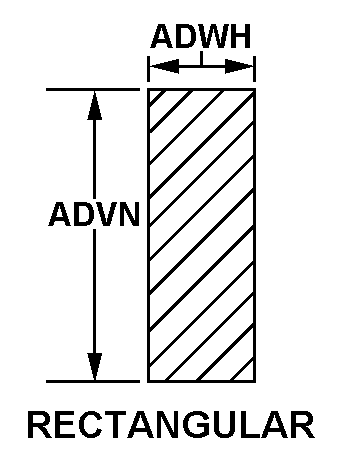5330002921719
Price Quote Get an up to date pricing and availability quote for this product. Order online or over the phone.
Quality Commitment
Serving our customers with quality and safety first.
- AS9120 Certified
- Audited supply chain
- ITAR Registered
- DDTC Registered
- HAZMAT Certified
- Customer service objectives
- Every product 100% inspected

5330-00-292-1719 Specification Set by the OEM (see RNCC code 3)
rectangular
woven
not rated
not rated
any acceptable
1.000in.
0.125in.
asbestos and brass wire
asbestos and copper alloy
Cross Reference Parts Part numbers that meet the specification outlined on this page and set by the OEM
Identification Item Identification Guide (IIG) and Item Name Code (INC)

Definition Definition of approved item name (AIN): "PACKING MATERIAL"
Any material specifically designed and constructed to resist deterioration from the action of heat, gas, chemicals or liquids and used to create a tight seal. It is supplied in loose form or in coils, spirals, spools or cut lengths, usually having a square or round cross section. For rubber items having a round cross section, see rubber round section. Excludes rope, asbestos; calking cotton; and calking lead. See also packing, preformed; and oakum.
5330-00-292-1719 Material Hazmat, Precious Metals, Criticality, Enviroment, and ESD
Indicates information is in the hazardous materials information resource system (hmirs).
Precious metal content is unknown
The item does not have a nuclear hardened feature or any other critical feature such as tolerance, fit restriction or application.
Identification Codes
HMIC: Hazardous Material Indicator Code. A one position code that identifies a hazardous item.
PMIC: Precious Metal Indicator Code. A one position code which identifies items that have precious metals as part of their content. precious metals are those metals generally considered to be uncommon, highly valuable, and relatively superior in certain properties such as resistance to corrosion and electrical conductivity.
ESD: Electrostatic Discharge. Indicates if an item is susceptible to electrostatic discharge or electromagnetic interference damage. electrostatic discharge damage occurs when an accumulation of static electricity generated by the relative motion or separation of materials is released to another item by direct contact. electromagnetic interference damage occurs when an item comes into proximity with an electrostatic or magnetic field.
ENAC: Enviromental Attribute Code. Identifies items with environmentally preferred characteristics.
CRITL: Criticality Indicator Code. Indicates an item is technically critical by tolerance, fit, application, nuclear hardness properties, or other characteristics.






